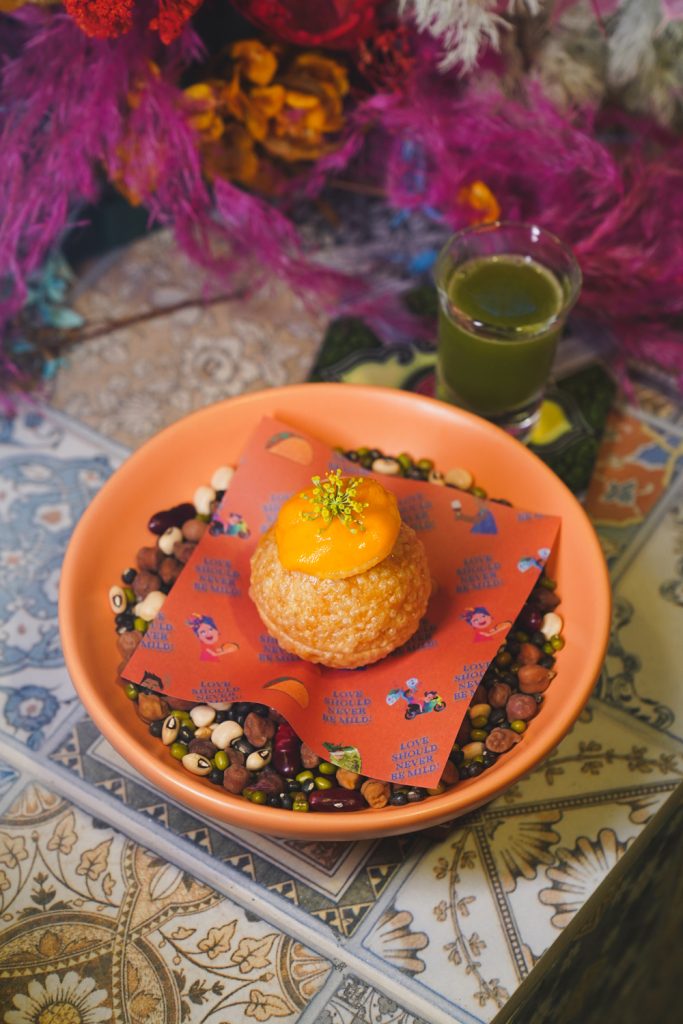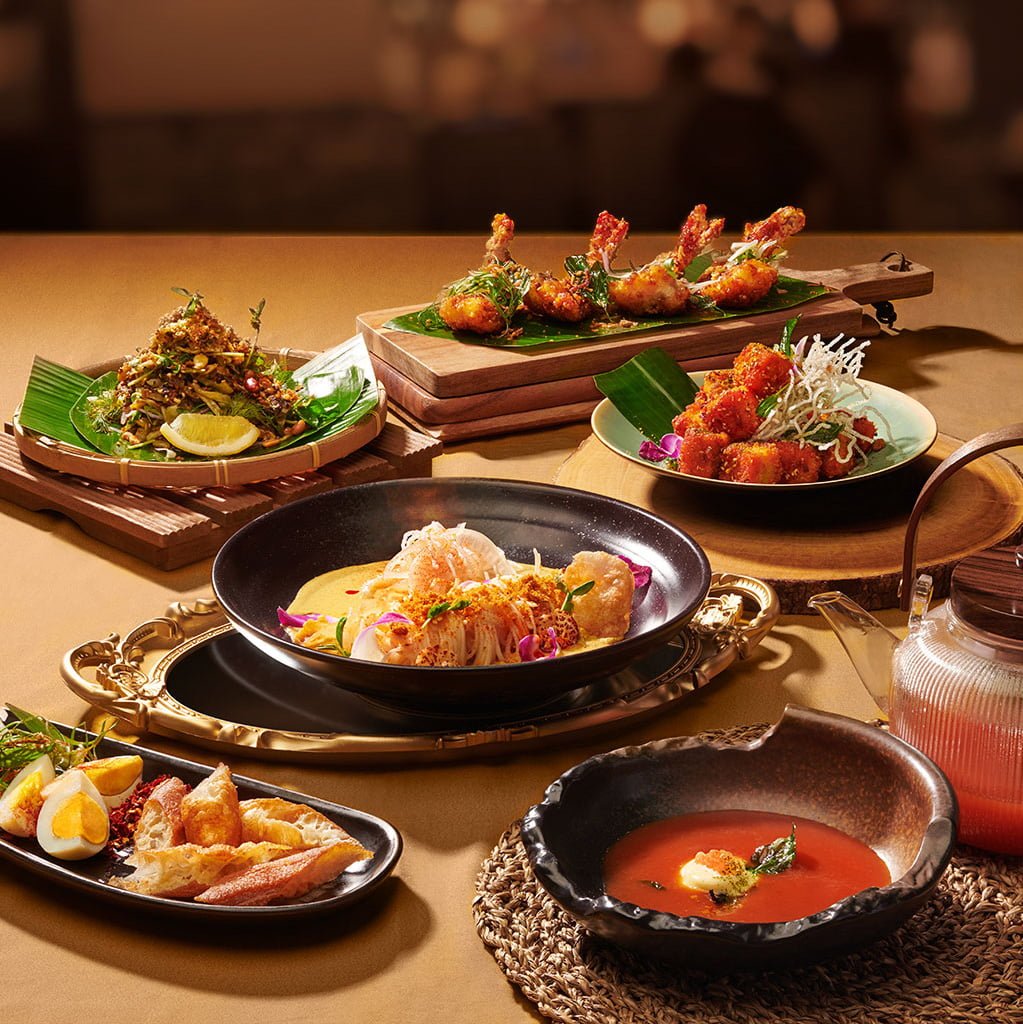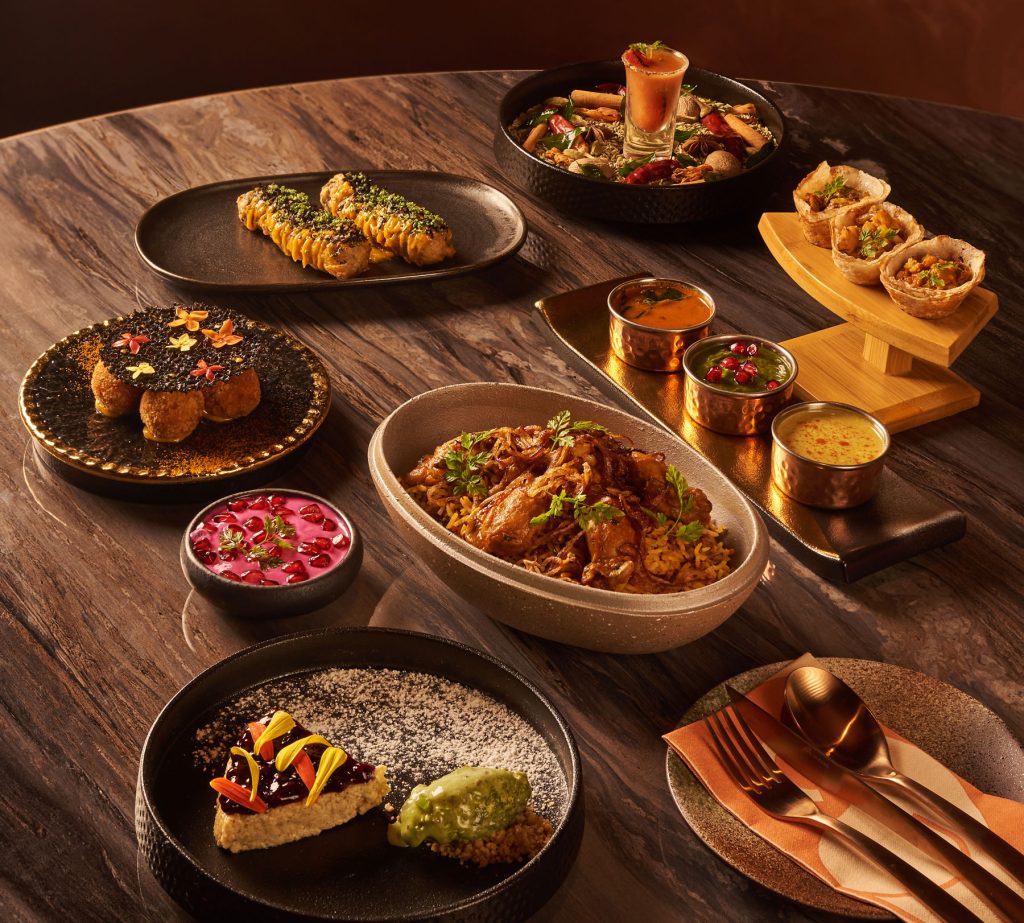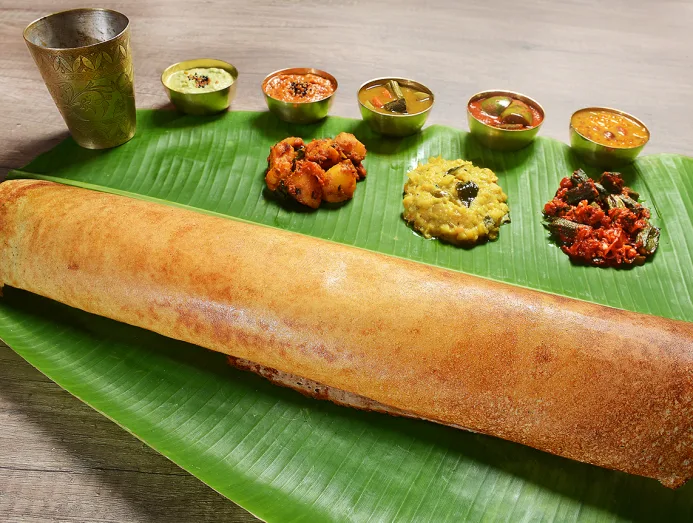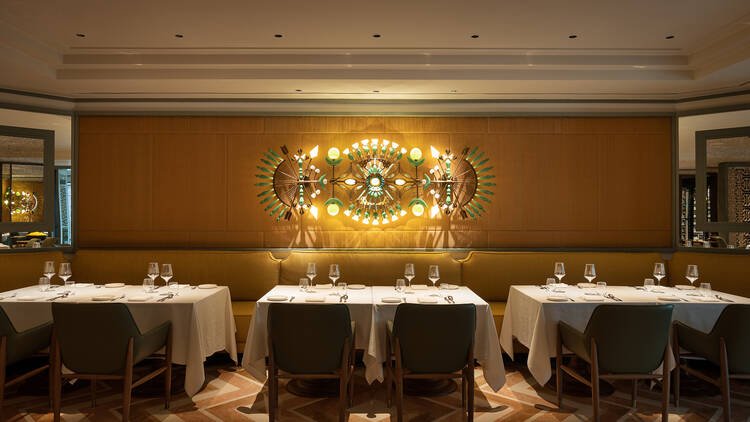
Tanglin Trust
Shining on: The new Tanglin Centenary Music Scholarship
 By Rob Hall, Director of Music
By Rob Hall, Director of Music
The new music scholarship is one of the many ways Tanglin Trust is celebrating its upcoming centenary in 2025. We look forward to welcoming our first music scholars to Tanglin at the start of the new school year. We hope it will enable young musicians to hone their talents along with financial support.
Our new music school, located over two floors of the Tanglin Centenary Building, is a central music hub where Seniors and Juniors can participate in lessons, and where ensembles and performances can happen. The exceptional new facilities inspire students to learn and achieve, and the scholarship is an embodiment of this.
Student benefit: At Tanglin we believe in the importance of a holistic education and the new music scholarship is an example of students demonstrating excellence outside of the classroom. Potential scholars can showcase their passion for music inside and outside the studio and performance hall, and in doing so benefit the school as a whole.
Looking forward: Our impressive new Music Department and the introduction of the Centenary Music Scholarship demonstrate that Tanglin takes music very seriously, and reflects our aim to be recognised as the best school for music in Singapore and the wider region.
95 Portsdown Road, 139299
tts.edu.sg
Marlborough College Malaysia (MCM)
Shining on: Gymnastics
 By Laura Prentice, Head of Prep PE and Games, Head of Gymnastics
By Laura Prentice, Head of Prep PE and Games, Head of Gymnastics
Gymnastics is an upcoming sport at Marlborough College Malaysia, with a rapidly developing club programme, potential new fixtures, new equipment, and a variety of accessible opportunities on the horizon. We have been lucky to develop a programme from a few mats in the sports hall in 2020 to a gymnastics studio today.
Gymnastics is a huge passion of mine and has been part of my life for many years. I’ve been coaching since I was 15 years old and owe my knowledge to my home club in the UK. Aylesbury Gymnastics Academy is home to Olympic, World, and European medalists Jessica and Jennifer Gadirova, and World, European, and Commonwealth medalist Ondine Achampong.
MCM’s gymnastics programme has grown to nearly 100 pupils participating every week in recreational, development and performance gymnastics. This year, we are entering the FOBISIA Gymnastics Championships for the first time and we’re excited to compete with the top schools in Asia.
Student benefit: Regardless of age or ability, gymnastics gives pupils the opportunity to increase strength, flexibility, endurance, and coordination, which are all skills that complement the entire sports programme at MCM. Gymnasts learn to balance on various apparatus including the beam, improve power when vaulting, swing on bars, and develop floor based skills. It’s a great alternative to our major team sports.
Looking forward: We hope to expand our gymnastics facility and become one of the leading schools in Asia for gymnastics.
Jalan Marlborough, Puteri Harbour, Johor
marlboroughcollegemalaysia.org
United World College of South East Asia (UWCSEA)
Shining on: Innovation in education
 By Gemma Dawson, IB Diploma Coordinator and Andrew McCarthy, High School Vice Principal and IB Diploma Coordinator
By Gemma Dawson, IB Diploma Coordinator and Andrew McCarthy, High School Vice Principal and IB Diploma Coordinator
We’re currently developing an innovative new course option for the IB, the first of its kind in South East Asia and second globally alongside UWC Atlantic. The course has been developed in collaboration with the International Baccalaureate (IB) and is called ‘Systems Transformation: Leadership for Change’. It will be project-based, equipping students for the challenges of an uncertain future on a climate-changed planet. A focus lies on students embracing a ‘changemaker mindset’, while developing skills in leadership, project management, systems and design thinking. The IB is conducting a review of its 16+ programmes. As a trusted partner, we were invited to pilot this new course option. It welcomes its first student cohort in August 2024.
Student benefit: Students will have taught curriculum time which equips them with the skills and mindset needed to take the initiative, build community, and lead change. It’s exciting!
Looking forward: We’ll continue to innovate across all five elements of our holistic learning programme, developing students into agents for positive change.
Dover Campus & East Campus
uwcsea.edu.sg/learning
Dulwich College (Singapore)
Shining on: The first Forest School programme in a Singapore international school
 By Alex Hall-Gray, Outdoor Learning Teacher, Forest School Learning Initiative (FSLI) Accredited Trainer and Assessor for Southeast Asia, Dulwich College (Singapore)
By Alex Hall-Gray, Outdoor Learning Teacher, Forest School Learning Initiative (FSLI) Accredited Trainer and Assessor for Southeast Asia, Dulwich College (Singapore)
For the past five years we have been – and still remain – the first Forest School programme in a Singapore international school. Accredited by the UK’s Forest School Learning Initiative (FSLI), we pioneer experiential learning and problem-solving opportunities in a natural environment.
Forest School delivers an impactful and holistic programme, cultivating broad skill sets that incorporate personal and ethical responsibility, environmental stewardship, risk management and identification, personal wellbeing strategies, adaptable judgement skills, and knowledge application.
While Dulwich is an academically rigorous school, Forest School offers the counterbalance, providing students with the time and space to develop soft skills required to care for their mental and physical wellbeing.
Student benefit: Beyond academics, Forest School develops the necessary skills for students to become future changemakers, as they recognise the sanctity of the lives of animals and the importance of environmental sustainability. These are the skills and values of future global citizens who are guided by their moral compass. Students become more capable thinkers and more responsible human beings.
Looking forward: Research is in progress to incorporate the basics of the Compassionate Systems Framework (CSF) into the Forest School pedagogy. While Forest School focuses on the skills development, the CSF teaches our students to conduct themselves with compassion towards the environment and people, and to consider the impact of their choices and actions. If successful, this will be a first for a FSLI training centre in Southeast Asia.
71 Bukit Batok West Avenue 8, Singapore, 658966
singapore.dulwich.org
Blue House Kay Siang
Shining on: Our Community Park
 By Rachel Khan, Senior English Educator
By Rachel Khan, Senior English Educator
Blue House Kay Siang’s Community Park is an expansive and lush outdoor space that all children have access to. Also known as the “Atelier Under The Sky”, we believe that this environment is unique and distinctive in comparison to other preschools in Singapore.
The Community Park has been part of the school campus since it was opened in 2021. We received specialised training to navigate the benefits and risks of working in this space with the children in 2023. A treasure waiting to be discovered, we spent valuable expertise and resources over 2023 to ensure the space acted as an “additional classroom” for the children – something that is hard to come by in our urban jungle.
Children visited the Community Park at least once a week with their educators. Over 12 months they steadily gained confidence as they treaded over protruding tree roots. In addition, the children have grown to appreciate the flora and fauna that the space has to offer.
Student benefit: We’ve seen children enhance their bilateral coordination, strength and balance when navigating the natural landscape. Using organic materials found in the park also offers interdisciplinary learning of concepts and skills across many developmental domains. The educators are planning alongside the children for indoor and outdoor learning and exploration, with the freedom to move between both spaces.
Looking forward: This wonderful park will soon be extended to the children in other Blue House campuses in 2024.
Jalan Mutiara, Rambai & Kay Siang
bluehouseinternational.com
One World International School (OWIS) Nanyang Campus
Shining on: New initiatives in the University Counselling programme
 By James Sweeney, Head of School
By James Sweeney, Head of School
We consistently enhance our University Counselling programme based on feedback and evolving global trends. At the commencement of the current academic year, we incorporated a ‘Career and University’ lesson into our Grade 8 curriculum. During these lessons, students have the opportunity to interact directly with our experienced counsellors. These sessions are supplemented by a cutting-edge AI-driven platform which, based on students’ individual interests, aligns them with potential careers.
Student benefit: Firstly, these lessons empower students to make informed choices regarding their future academic and career pursuits. Secondly, students gain a holistic understanding of potential pathways. By creating structured options and advice, we ensure our students move forward with clarity and confidence.
Looking forward: We hope to build on this USP by consistently enhancing the ‘Career and University’ programme based on feedback and evolving global trends.
21 Jurong West Street 81, 649075
owis.org/sg
Canadian International School (CIS)
Shining on: Experiential learning
 By Christa Craats, Experiential Learning Coordinator
By Christa Craats, Experiential Learning Coordinator
Experiential learning is a holistic approach that provides real world learning opportunities for students both on and off campus. Our Primary Years Open Minds Programme (PYP) connects classroom learning with people and places within Singapore. Students can participate in multi-day or overnight trips, enabling them to explore and learn in local, regional, or global settings. These experiences encourage them to connect with different cultures and environments while engaging in service for a broader world perspective. CIS has experiential learning spaces such as the Outdoor Discovery Center, student-led community rooftop garden, instructional lab, kitchen, black box, dance studio, and more.
Although not a curriculum itself, we’ve been using experiential learning over the last 15 years to enhance the students’ experience by activating senses and engaging the whole learner.
Student benefit: Experiential learning is fun, challenging, and encourages students to be curious, collaborative, creative, and critical thinkers. It provides opportunities for them to drive their learning in a way that is personally meaningful and intrinsically motivating. Students are engaged, enlightened and empowered. This creates a school full of happy, dedicated and curious learners where creativity, innovation and authentic service happens.
Looking forward: CIS continues to look for opportunities to connect learning to the real world. We strive to leverage experiential learning to develop global citizens who are driven to take responsible action.
7 Jurong West Street 41, 649414
cis.edu.sg
Westbourne College Singapore
Shining on: Our personalised learning approach
 By Gavin Clark, Principal, English Teacher
By Gavin Clark, Principal, English Teacher
Westbourne College is a unique educational setting providing IGCSE & IB pathways for students transitioning from secondary to tertiary education. We provide a boutique environment with our incredible staff-to-student ratio of 1:6, enabling students to get the best possible academic experience.
Established in Singapore in August 2023, the school’s personalised learning approach empowers students to take control of their education for future success. Westbourne’s small classes have a global reach, thanks to our expanding international network of colleges. This fosters cross-collaboration and knowledge sharing, inspiring students to think on a larger scale.
At Westbourne, our forward-looking perspective treats students as young professionals, offering opportunities in STEM and Business. We have a century-long history of sending graduates to top universities worldwide, including Oxbridge and the Australian Go8.
Student benefit: A personalised tutoring style approach and individualised attention. Students also have dedicated university admission specialists, industry visits and global exchange trips that offer excellent hands-on learning experiences. Being small is our strength, we get to know our students intimately.
Looking forward: Westbourne education transcends classrooms, allowing students to shape their distinct senior high school experience. We are excited about guiding future generations towards high achievement and success.
491 River Valley Road, #16/03, 248371
westbournecollege.com.sg
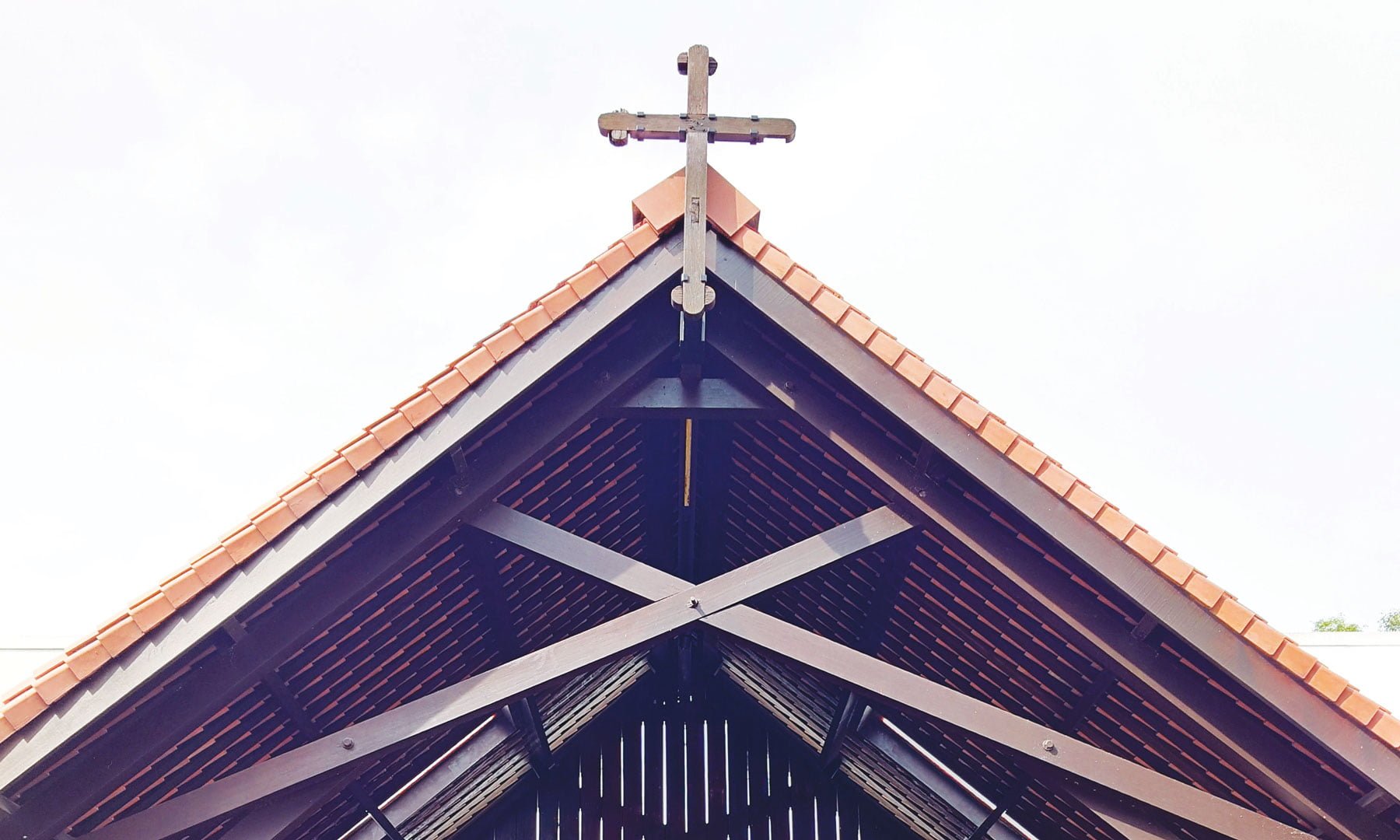


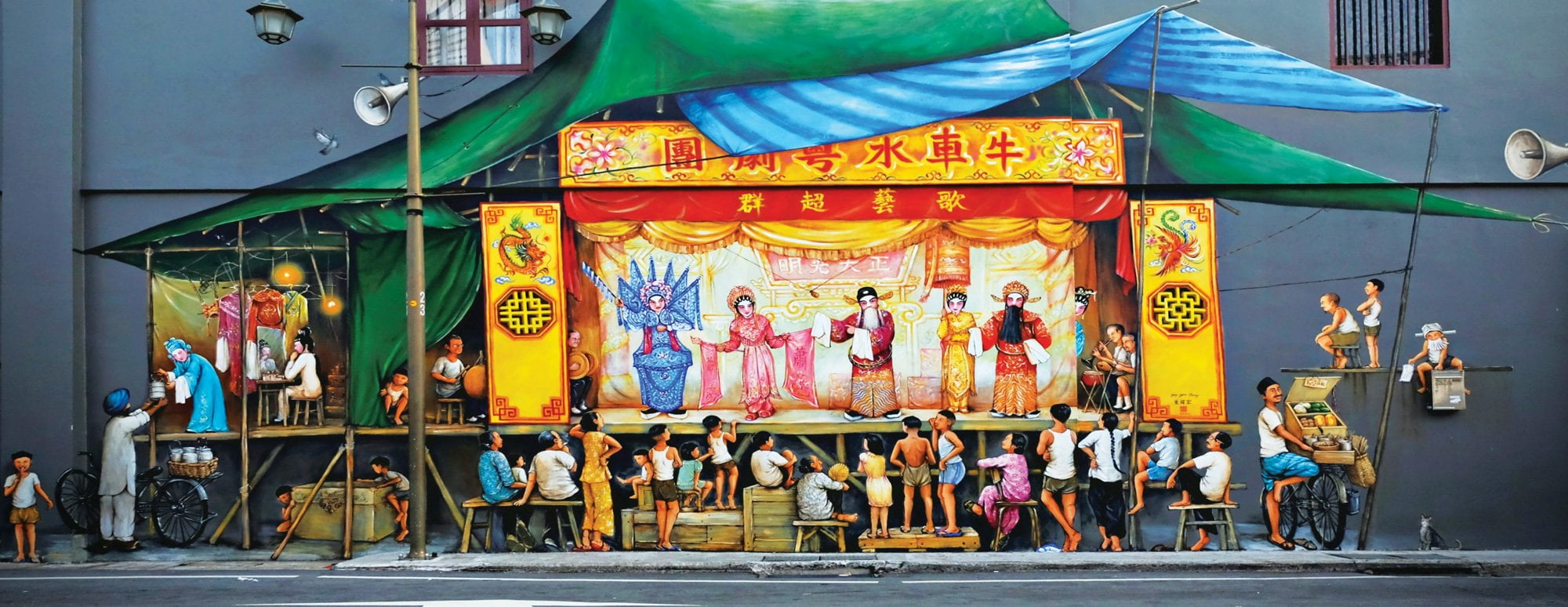

 By Rob Hall, Director of Music
By Rob Hall, Director of Music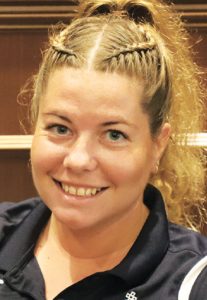 By Laura Prentice, Head of Prep PE and Games, Head of Gymnastics
By Laura Prentice, Head of Prep PE and Games, Head of Gymnastics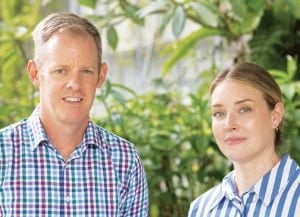 By Gemma Dawson, IB Diploma Coordinator and Andrew McCarthy, High School Vice Principal and IB Diploma Coordinato
By Gemma Dawson, IB Diploma Coordinator and Andrew McCarthy, High School Vice Principal and IB Diploma Coordinato By Alex Hall-Gray, Outdoor Learning Teacher, Forest School Learning Initiative (FSLI) Accredited Trainer and Assessor for Southeast Asia, Dulwich College (Singapore)
By Alex Hall-Gray, Outdoor Learning Teacher, Forest School Learning Initiative (FSLI) Accredited Trainer and Assessor for Southeast Asia, Dulwich College (Singapore) By Rachel Khan, Senior English Educator
By Rachel Khan, Senior English Educator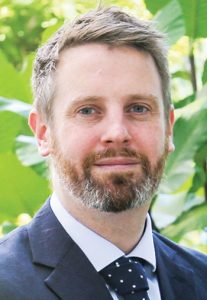 By James Sweeney, Head of School
By James Sweeney, Head of School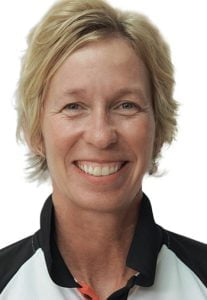 By Christa Craats, Experiential Learning Coordinator
By Christa Craats, Experiential Learning Coordinator By Gavin Clark, Principal, English Teacher
By Gavin Clark, Principal, English Teacher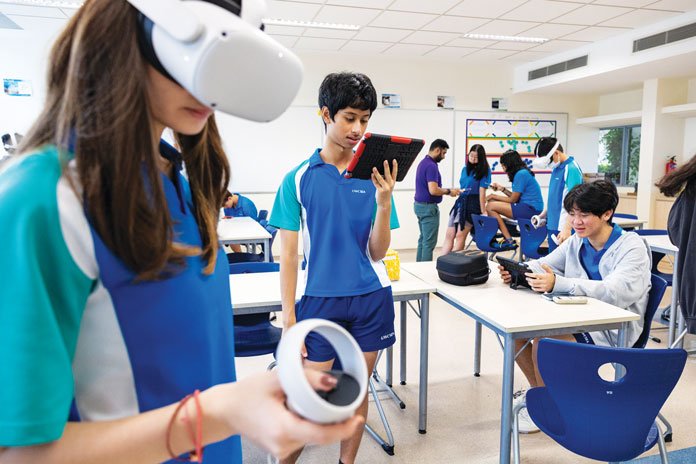
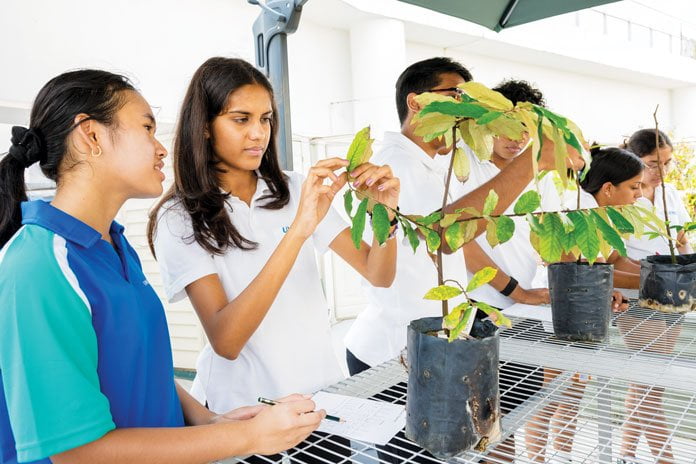
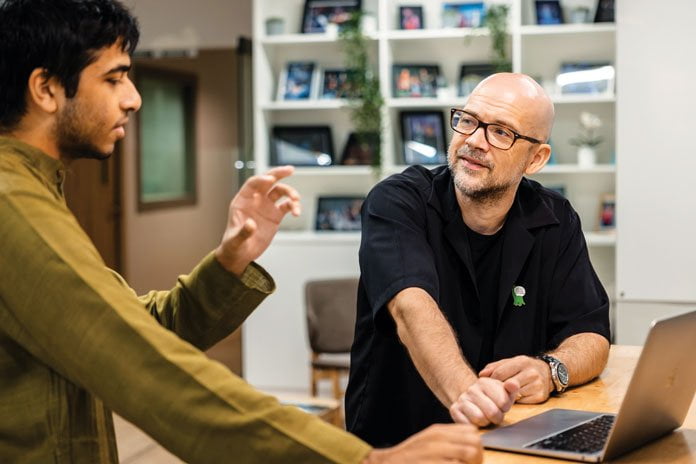
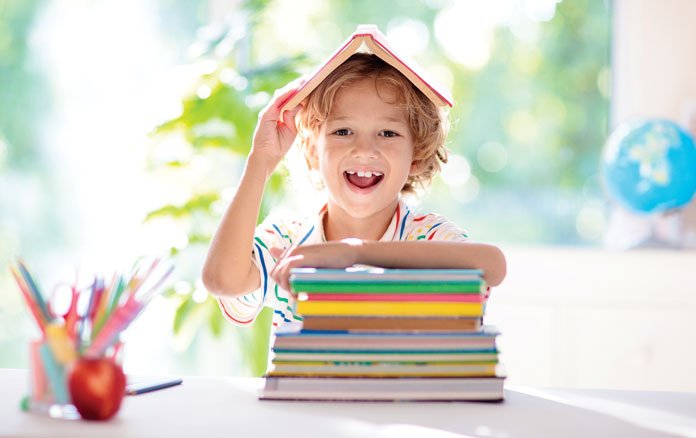





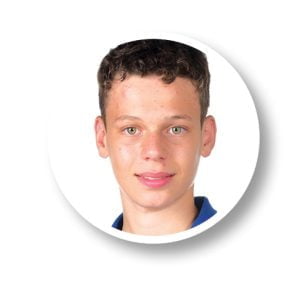


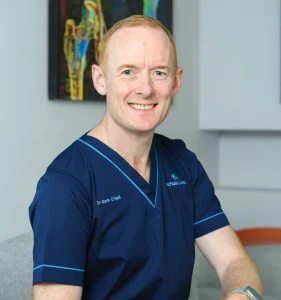
 Altius Clinic Sports and Orthopaedic Surgeons
Altius Clinic Sports and Orthopaedic Surgeons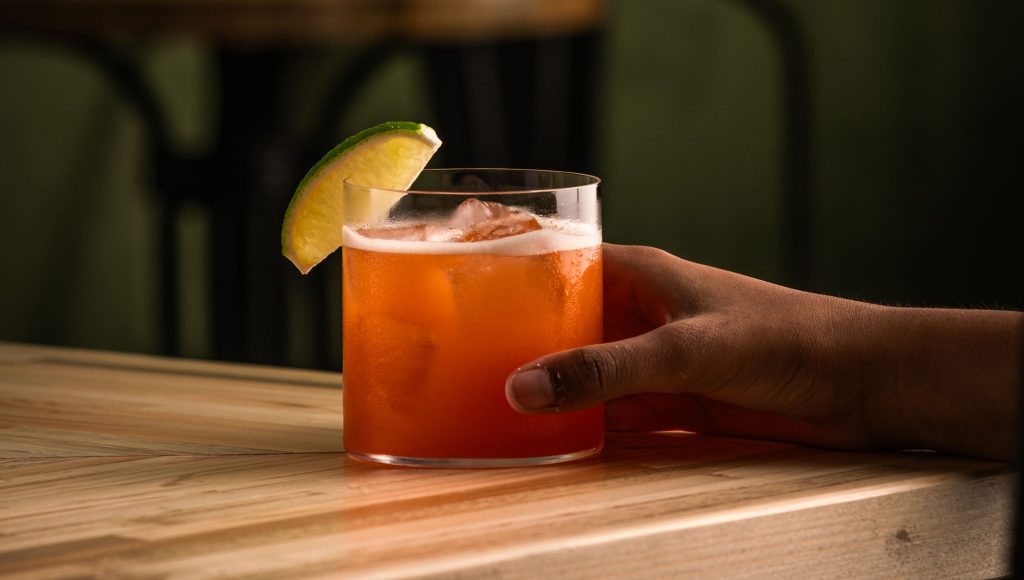 With so many new and exciting food and beverage establishments opening in Singapore, it pays to keep your finger on the pulse. Missing a goodie can be easy and Pael.et, the latest addition to Chinatown’s Keong Saik Road, is not one to miss.
With so many new and exciting food and beverage establishments opening in Singapore, it pays to keep your finger on the pulse. Missing a goodie can be easy and Pael.et, the latest addition to Chinatown’s Keong Saik Road, is not one to miss.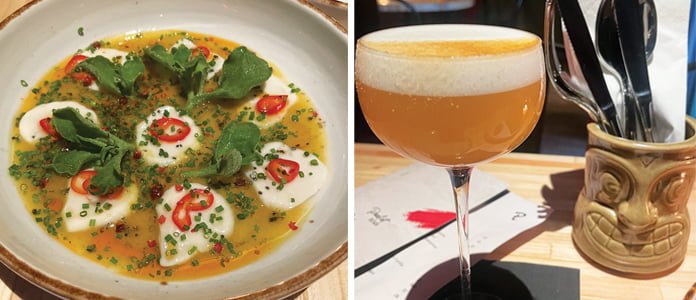
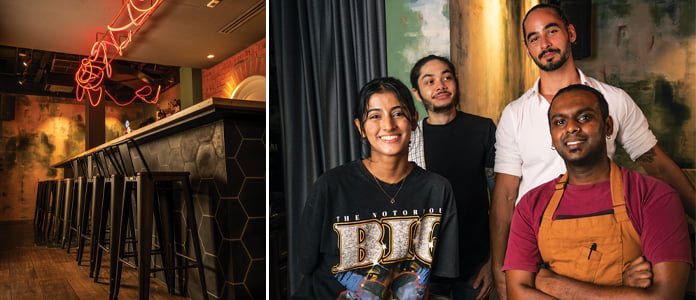
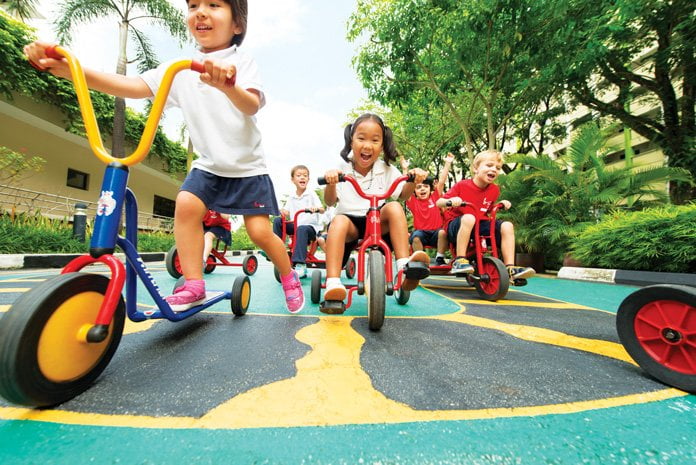
 Want a cheap and easy way to improve your kids’ chances of health and success? At
Want a cheap and easy way to improve your kids’ chances of health and success? At 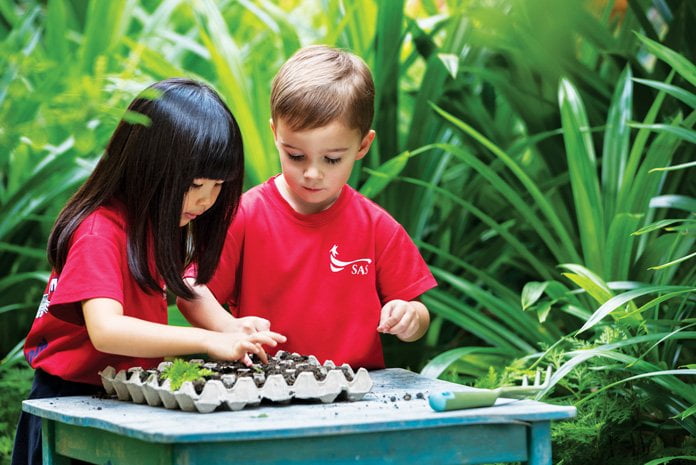
 Singapore American School
Singapore American School